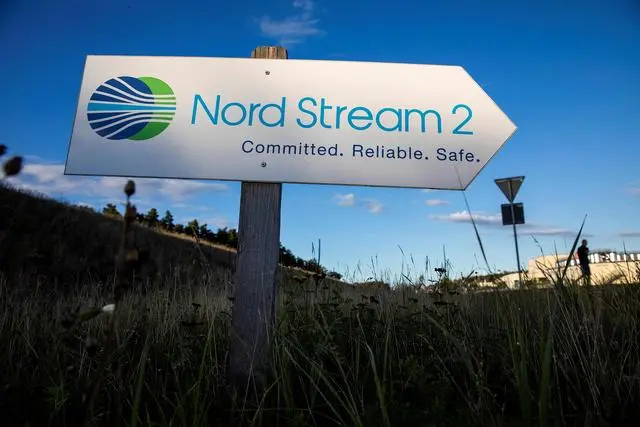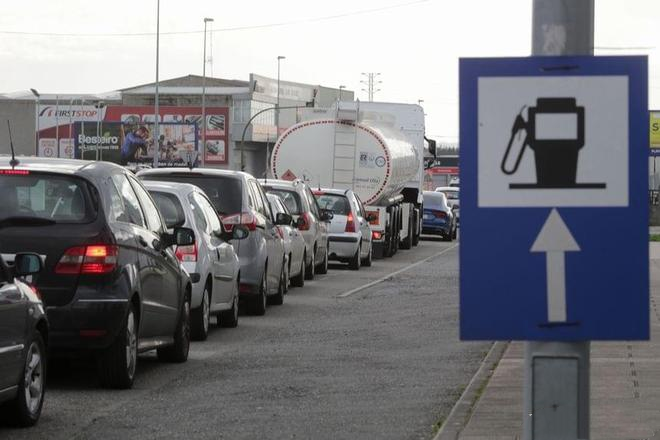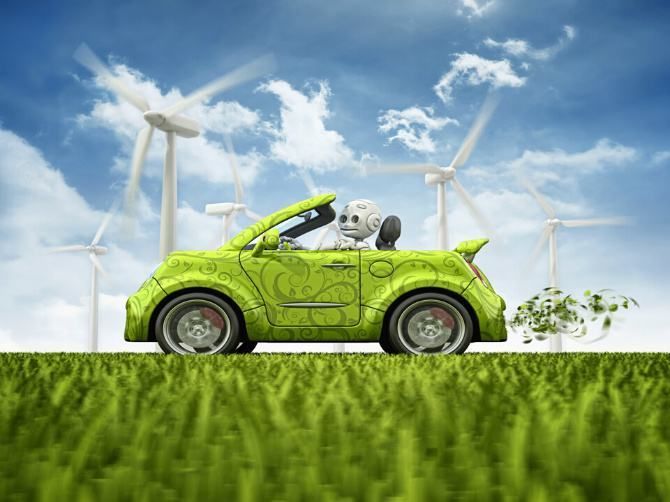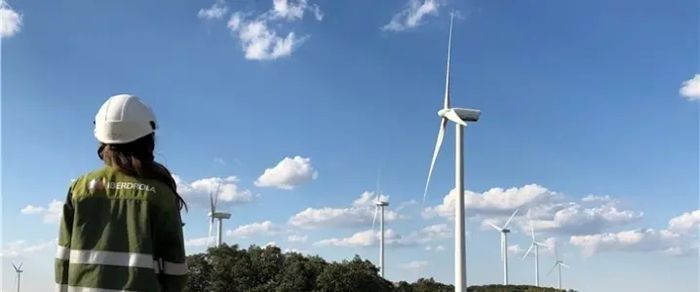With Inflation in the euro zone remained high at 8.5% in February, EU inflation remained high. Energy prices have been well above normal due to the Ukraine crisis and the European Union cutting off dependence on Russian energy. EU spending on liquefied natural gas and pipeline gas will reach 208 billion euros in 2022, 3.3 times that of 2021. A few days ago, the head of the International Energy Agency, Birol, warned that energy prices in the EU will rise significantly in the future, and cheap natural gas will no longer exist. Gas prices will not be the same as they were before Western sanctions on Russia, and consumers should be prepared for that.

The energy shortage poses long-term challenges to the energy consumption market of European residents and industries. How to ensure energy security and supply, and meet the needs of people's daily life and economic development, is a long-term problem that Europe must urgently solve. To this end, the European Union actively develops green energy, develops diversified energy supply, and provides preferential policies and incentives. For example, the EU is currently drafting a new green subsidy bill to ensure that renewable energy can meet 40% of the EU's annual energy needs by 2030, and at the informal meeting of EU energy ministers on February 27-28, Europe hopes to extend the reduction plan of natural gas demand. And the launch of the power market reform plan, and the strengthening of cooperation in nuclear energy and other energy fields have been actively promoted.

Gas consumption in the EU fell by 19.3% from August 2022 to January 2023 compared with the same period in 2017-2022, exceeding the target of 15%, according to Eurostat. At the informal meeting of EU energy ministers, Germany, the EU's largest economy, called for an increase in the reduction target of natural gas consumption to more than 15% this year. The EU also hopes to gain access to the global gas market through joint purchases that would allow Europe to obtain gas at relatively low prices. European Commission Vice President Sefcovic said that according to preliminary estimates, the natural gas demand of the 27 EU member states and three neighboring countries is expected to be 24 billion cubic meters in the next three years. After launching a tender in April, the EU expects to sign its first contracts with suppliers from the US, Middle East and Africa around June.
Gas consumption in the EU fell by 19.3% between August 2022 and January 2023 compared with the same period in 2017-2022, exceeding the target of 15%, according to Eurostat. At the informal meeting of EU energy ministers, Germany, the EU's largest economy, called for an increase in the reduction target of natural gas consumption to more than 15% this year. The EU also hopes to gain access to the global gas market through joint purchases that would allow Europe to obtain gas at relatively low prices. European Commission Vice President Sefcovic said that according to preliminary estimates, the natural gas demand of the 27 EU member states and three neighboring countries is expected to be 24 billion cubic meters in the next three years. After launching a tender in April, the EU expects to sign its first contracts with suppliers from the US, Middle East and Africa around June.
Moreover, the energy crisis is also forcing the EU to accelerate the green transformation of energy.

France seeks to establish a "nuclear alliance". On February 28 this year, during the informal meeting of EU energy ministers, France convened an off-site meeting with 11 EU countries that have nuclear power plants or support the development of nuclear power, including Hungary, Poland, the Czech Republic, Slovakia, and Romania. The meeting focused on the development of nuclear power, nuclear material supply chains and nuclear waste issues, and signed a joint statement after the meeting, emphasizing that nuclear energy is one of the tools that can be used to achieve climate goals and ensure sustainable energy supply, and agreed to support new nuclear energy based mainly on innovative technologies development and operation of existing nuclear power plants. In addition, it was agreed to launch a joint training program and strengthen scientific research cooperation among them.
Spain focuses on "hydrogen energy". The Spanish government sees green hydrogen energy as the key to achieving carbon neutrality and a 100% renewable electricity system in Spain by 2050. In October 2020, the Spanish government officially approved the "Hydrogen Energy Roadmap". According to the roadmap, Spain's green hydrogen goal in 2030 is to achieve no less than 4GW of green hydrogen electrolyzer installed capacity, and reach 300 600MW by 2024. In terms of application, Spain hopes that by 2030, 25% of industrial hydrogen consumption will come from hydrogen production from renewable energy. In transportation, at least 150 buses, 5,000 light and heavy trucks and 2 commercial trains are powered by hydrogen.
Germany stated that it will mainly adopt green electricity, hydrogen and geothermal energy in the future. A few days ago, according to data from the Agora Energy Transition Think Tank, by 2030, the German government will spend more than US$1 trillion to deal with the risks and challenges brought about by the energy crisis. The huge spending mainly includes investment in modernizing the country's power grid, phasing out spending on nuclear power plants and coal-fired power plants, and meeting climate targets by 2035. However, Simon Peter, head of the German Federal Renewable Energy Association, believes that Germany's progress on green energy is not smooth. "We will double the installed capacity of onshore wind power, quadruple the installed capacity of offshore wind power, and triple the installed capacity of photovoltaic power generation in less than eight years." Clearly, there is a huge gap between the reality and ambitions of green energy development in Germany.
However, this has not changed the EU's determination to promote energy green transformation. In response to climate change, in February 2023, the Environment, Public Health and Food Safety Committee of the European Parliament formally adopted the European Carbon Boundary Adjustment Mechanism (CBAM) agreement, from October 1, 2023 to January 1, 2026 as the transition After 2026, carbon tariffs will be imposed. This means that countries or regions that strictly implement carbon emission reduction policies will pay (return) corresponding taxes or carbon allowances when importing (exporting) high-carbon products. The first batch of lists covers steel, cement, aluminum, fertilizers, electricity and more. In addition, the European Union has also made a decision to ban the production of new gasoline vehicles from 2035. The EU hopes to accelerate the process of green energy transformation through policy guidance and stimulus measures.
